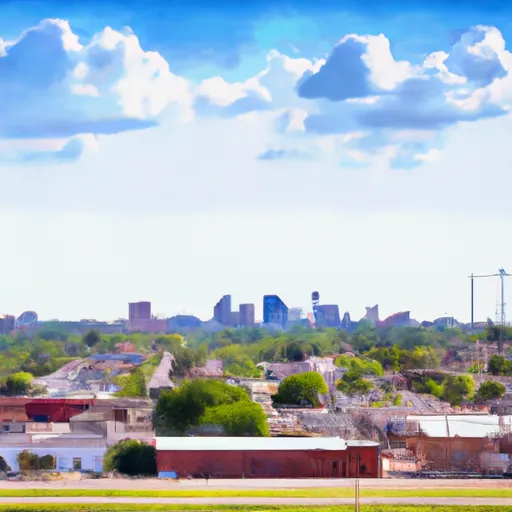°F
°F
mph
Windspeed
%
Humidity











Royse City is a charming city located in Rockwall County, Texas. It has a humid subtropical climate, characterized by hot summers and mild winters. Summers are typically hot and humid, with average temperatures ranging from the mid-90s to low 100s Fahrenheit. Winters are mild, with average temperatures in the 50s and occasional freezes.
The city of Royse City is nestled near the East Fork Trinity River, providing access to hydrological features. The river, along with several creeks, adds beauty and recreational opportunities to the area. Fishing, boating, and kayaking are popular activities in these water bodies.
Outdoor enthusiasts in Royse City have access to a variety of recreational opportunities. The Royse City Parks and Recreation Department maintains several parks and trails, offering residents and visitors ample space for walking, jogging, cycling, and picnicking. Additionally, nearby Lake Ray Hubbard offers opportunities for boating, fishing, and swimming.
In conclusion, Royse City, Texas, boasts a humid subtropical climate, diverse hydrological features, and a range of outdoor recreation opportunities. Whether exploring rivers, parks, or nearby lakes, residents and visitors can enjoy various activities throughout the year.
Weather Forecast
Royse-City receives approximately 1043mm of rain per year, with humidity levels near 78% and air temperatures averaging around 18°C. Royse-City has a plant hardyness factor of 8, meaning plants and agriculture in this region tend to thrive here all year round.
Regional Streamflow Levels
1
Cubic Feet Per Second
1,020
Cubic Feet Per Second
42
Cubic Feet Per Second
0
Cubic Feet Per Second
Nearby Camping
| Camping Area | Reservations | Toilets | Showers |
|---|---|---|---|
| Public Use Area 5 - Thornton | |||
| Fort Parker State Park | |||
| Public Use Area 3 - Groesbeck | |||
| Bonham State Park | |||
| Boggy Depot Park | |||
| Public Use Area 2 - Groesbeck |



